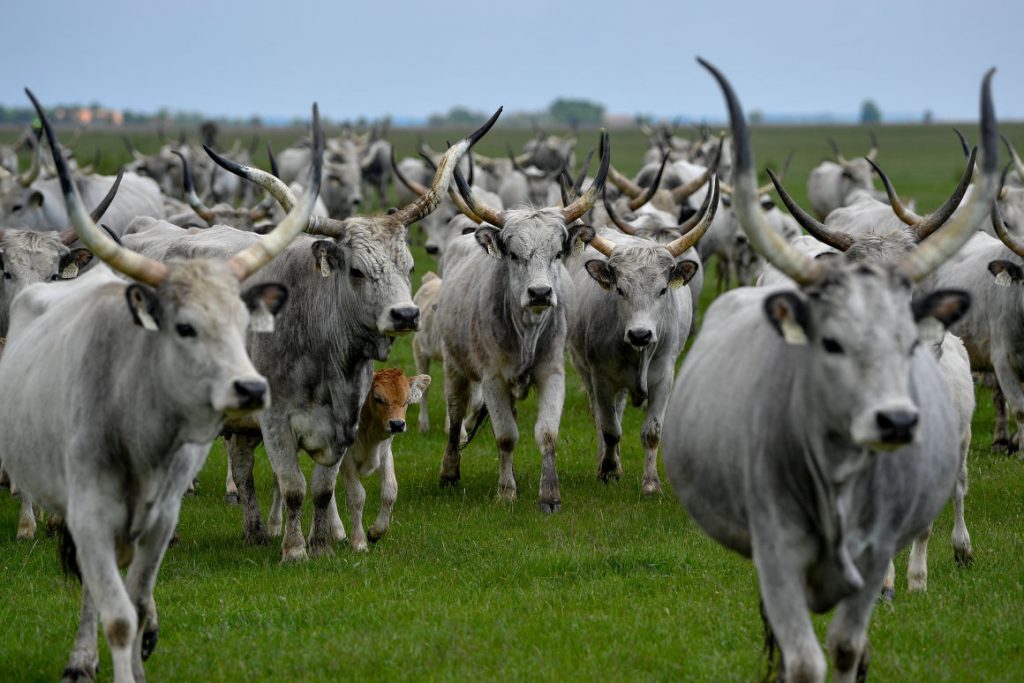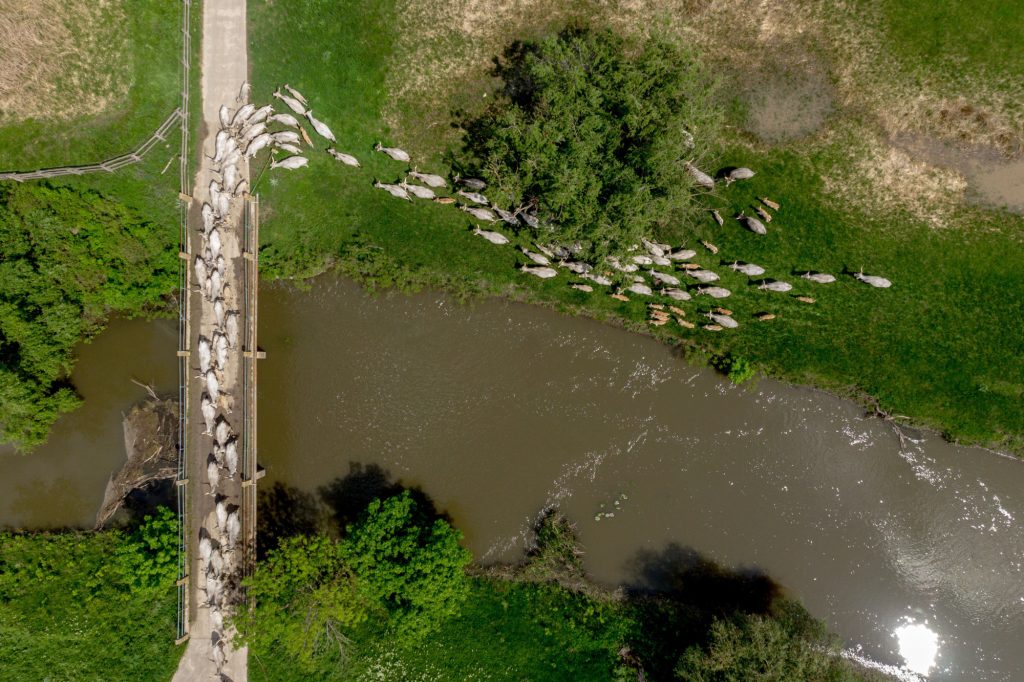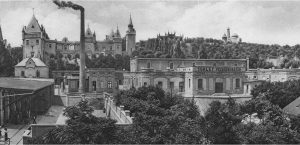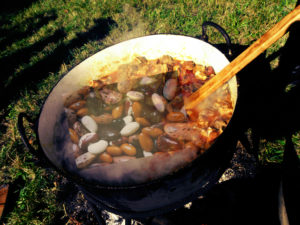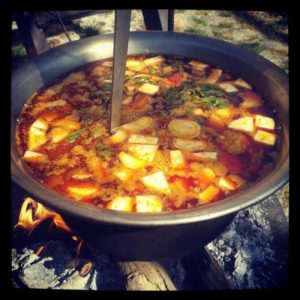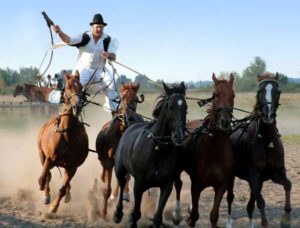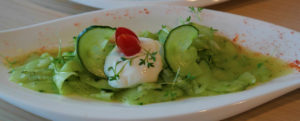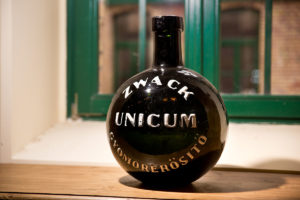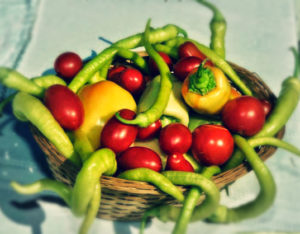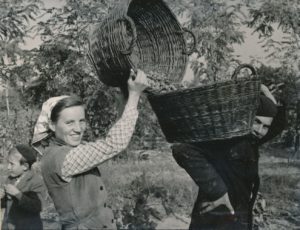Hungarian grey cattle
Hungarian grey cattle is a real Hungarikum protected by law. With its huge size, beauty and respectful appearance, it is widely known throughout the world. Our special Hungarian pride was added to the Hungarikum Collection on 24th April 2015.
Where does Hungarian grey cattle come from?
Scientists are still researching its origins to determine exactly which region it may have come from and how it got into the Carpathian Basin. There are many different ideas – it is possible that the Kuns brought it in, or it was bred locally in the Carpathian Basin. The third theory says that when the Hungarians conquered the Carpathian Basin, they brought the ancestor of the Hungarian Grey with themselves. And the last opinion says that they were domesticated during the Medieval ages from the aurochs living in this area.
None of the theories are proven, but the third one is the most likely: that the Hungarian Grey simply came with the Hungarians during the occupation of this area.
The golden age of Hungarian grey cattle
The history of this animal is truly exciting: until the 15th and 18th centuries it was one of the main drivers of development of medieval Hungary, one of the country’s most important export items of the country.
From the 14th to the 15th centuries, Western Europe wanted more and more, so the Hungarian Grey made its way to the markets of Nuremberg, Augsburg, Munich and Ulm. Its meat was a real specialty, therefore it was processed in a separated way in the slaughterhouses of Western Europe. Grey cattle meat was well above the value of local beef, so in German cities it was regulated by law that slaughtermen could only sell grey cattle meat on the day of the arrival of the Hungarian herd, thus preventing it from being replaced by a poorer commodity.
Grey cattle trade dates back to the 17th century, when an estimated 100,000 animals were exported each year.
On the edge of extinction
In the 19th century, enthusiasm for grey cattle declined, and from the late 1800s the breeding of intensively fed, better-shaped and better-dairy cattle began in Hungary. As a consequence, the production and exports of grey cattle have decreased.
Until the Industrial Revolution, grey cattle played a decisive role in the cultivation of arable land as working cattle. The drought of 1863 severely damaged grey cattle breeding, many animals simply died of thirst. The extent of the loss is well illustrated by the fact that the stock never recovered its former size.
Saving the breed
After the First World War, the number of grey cattle in Hungary started to grow slowly again. This extensive breed is much more unassuming than intensively fed breeds, so in the post-war crisis, more people started breeding grey cattle again.
However, as a work animal, Hungarian Grey was never needed again, so the post-World War II management no longer considered the breed as important at all, and in fact signed its death sentence with the cooperative reorganization.
The stock reached its current minimum in the 1960s. The total Hungarian stock dwindled to only 3 herds, which had a total of 6 bulls and 200 cows. The breeders of these remaining herds are actually the saviors of the breed. Even though they started in the last minute, bt they managed to increase the herd considerably with exemplary cooperation, often with breeding solutions that were against the rules of the time.
Hungarian grey cattle Breeders’ Association
Founded in 1991, the Hungarian grey cattle Breeders’ Association was also formed by the cooperation of the farmers of the time and immediately started to grow rapidly: today we can talk about a nationwide association with hundreds of active members.
The turbulent history of Grey cattle took a rather positive turn. Today, the importance and esteem of the breed is upwards in the same way as the increase in stocks due to the 1980s breeding efforts. Grey cattle are now considered a national value, the breeding and maintenance of which is in the common interest of the whole nation.
Photo: MTI



